SAXONY-ANHALT IS ALSO BATTENING DOWN ITS HATCHES.
Since the “flood of the century” in 2002, Saxony-Anhalt has completed a whole range of flood defence measures, especially for upgrading dykes. One weak spot was the Elbtor alongside the River Elbe in Schönebeck.
terra infrastructure has supplied huge quantities of sheet pile sections, both hot- and cold-rolled, since 2002 for protecting against the floodwaters of the Elbe. The sections were primarily used in urban locations, e.g. Dessau, for permanent flood defences. Nevertheless, there are still gaps when flood levels are excessive, e.g. the Elbtor in Schönebeck, a stone-paved ramp leading down to the River Elbe.The whole area is protected by a conservation order. If the river rises high enough, as was the case in 2002, it can flow through the Elbtor and reach the rest of the town.
To prevent that in the future, in 2010 funds from Germany’s Economic Recovery Package 2 enabled a demountable flood defence scheme to be planned for the Elbtor in Schönebeck. And by the end of September 2010, Jaeger Spezial- & Tiefbau Bernburg, had started work on site. In line with the detailed plans, first of all plain and reinforced concrete foundations had to be built, founded at a depth of 1.50 meters. Taking into account buoyancy, sliding and overturning requirements, this resulted in a really quite massive concrete foundation 1.20 meters wide at the base.
The upper part of the foundation, from 0.60 meters to ground level, was cast in formwork, reinforced and included the anchor plates for the posts, which had to be fitted into the reinforcement with millimetre accuracy. Once the concrete had cured, a test run for the demountable flood defence wall could be carried out in November 2010.
The local conditions (longitudinal and transverse inclines in the area of the wall, and observing the stipulations of the conservation order) resulted in a wall with a relatively complicated geometry. The provision of tapered stop logs to compensate for different ground levels was unavoidable.
The test run was carried out without any serious problems; flood defence teams, fire brigades and persons designated by the client were all instructed in setting up the wall and the necessary documentation was handed over. Of course, the “real” test for the flood defence wallis still yet to come – and it could come sooner than you think. The wall was set up on 14 January 2011, and on 20 January 2011 the water level had risen approx. 0.50 meters up the side. Result: a complete success, the demountable wall is absolutely watertight and fulfils its task admirably.
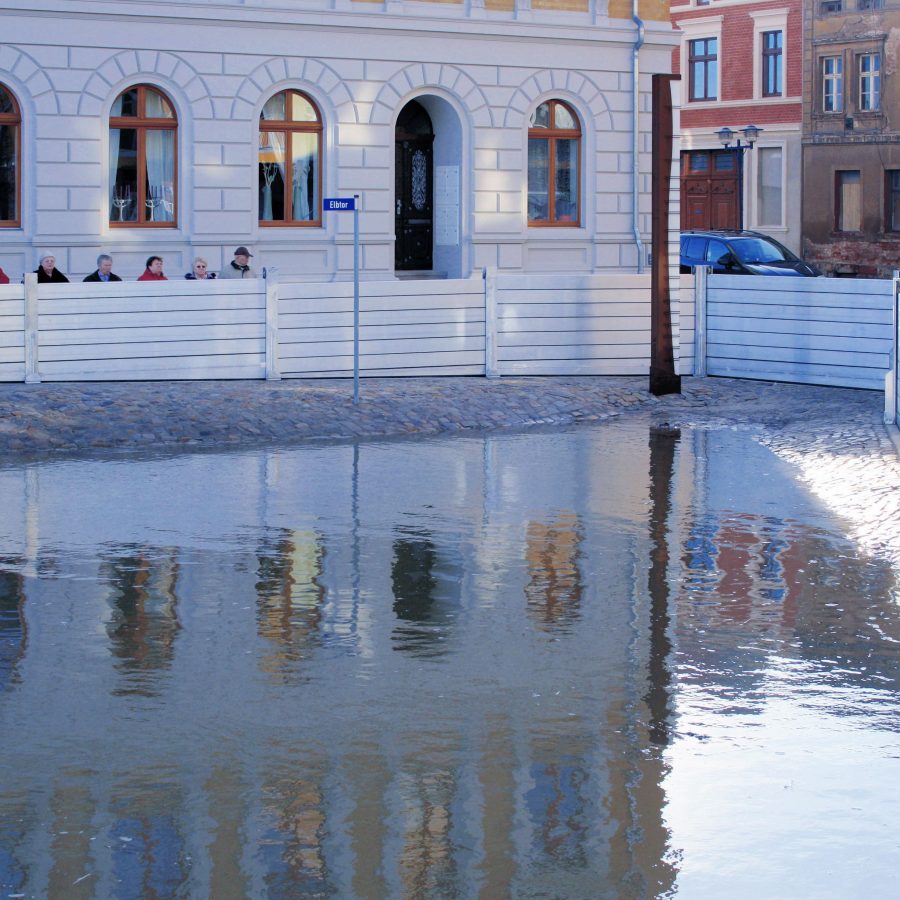
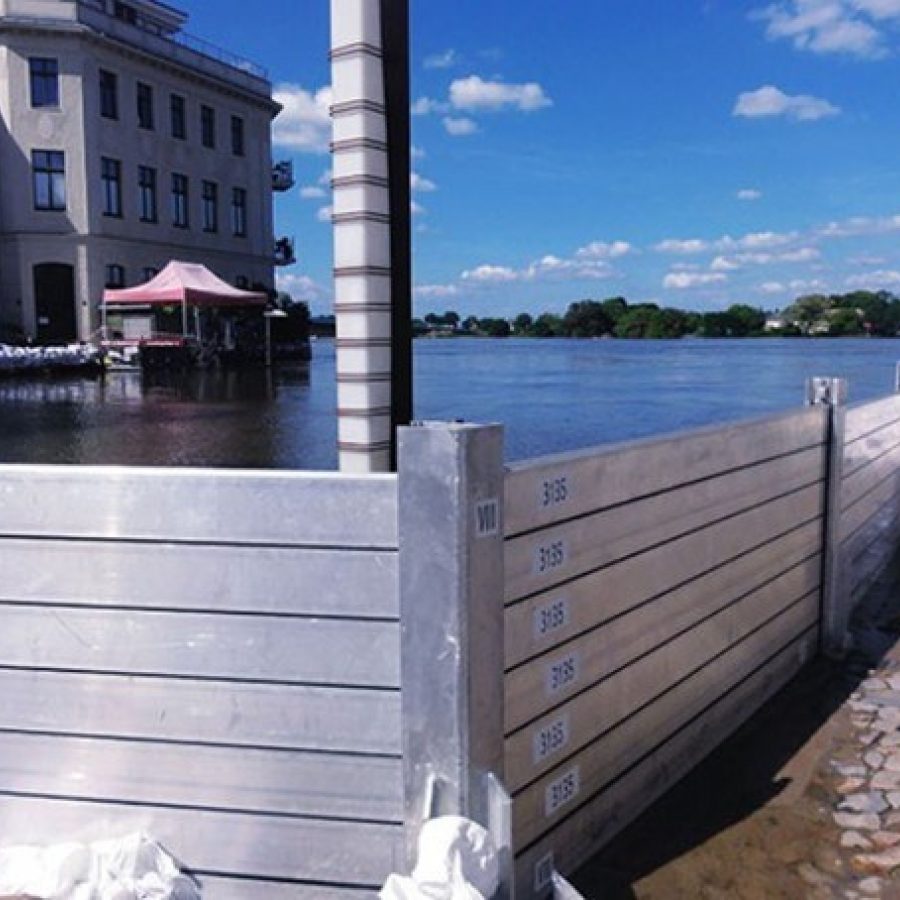
Data & Facts
you might also be interested in
-
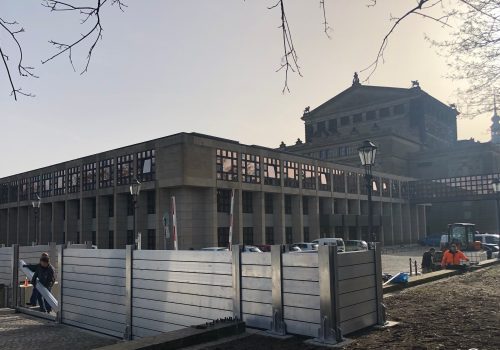
Flood Protection System in Dresdens Old Town
The city of Dresden lies on several rivers that have overflowed their banks at regular intervals in recent years. The city and state have therefore been investing in flood protection for years.
To the post -
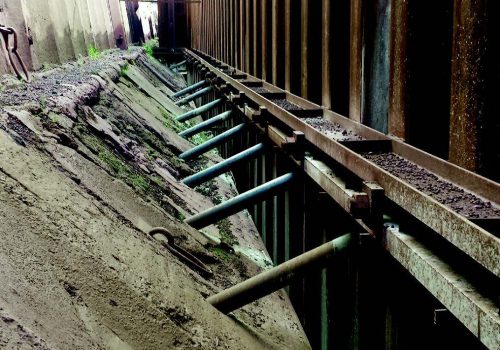
Back anchoring steel sheet pile wall with micropiles
On the north bank, an armored steel sheet pile wall was to be placed in front of the existing seawall over a length of around 400 meters and tied back at specified points.
To the post -
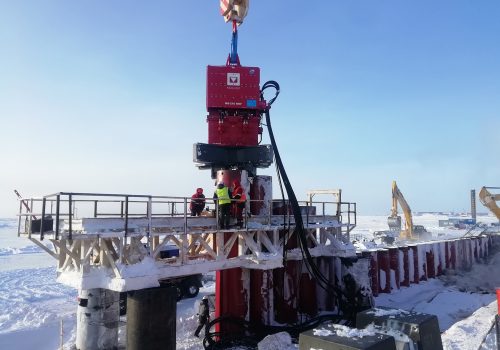
Brought in ice-cold.
Two MS-210 HHF and two MS-240 HHF vibratory units were used for driving steel pipes into the permafrost for the port in Western Siberia.
To the post
